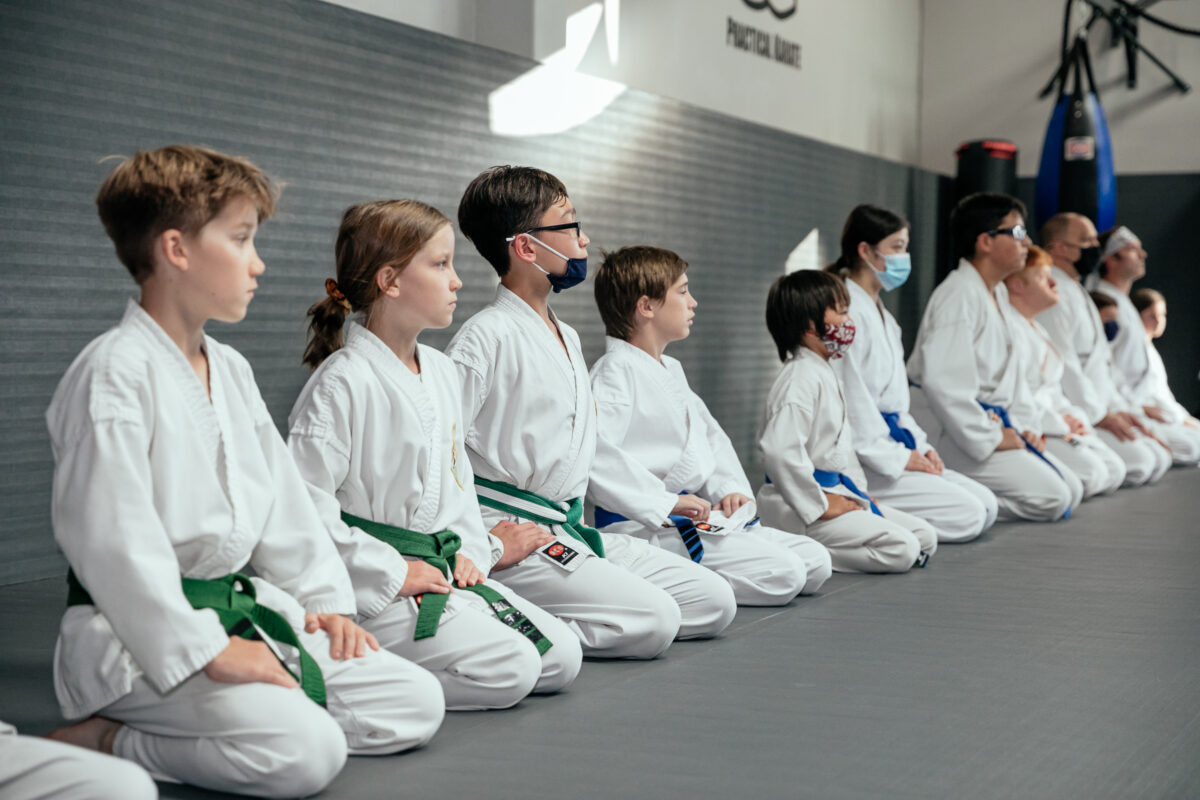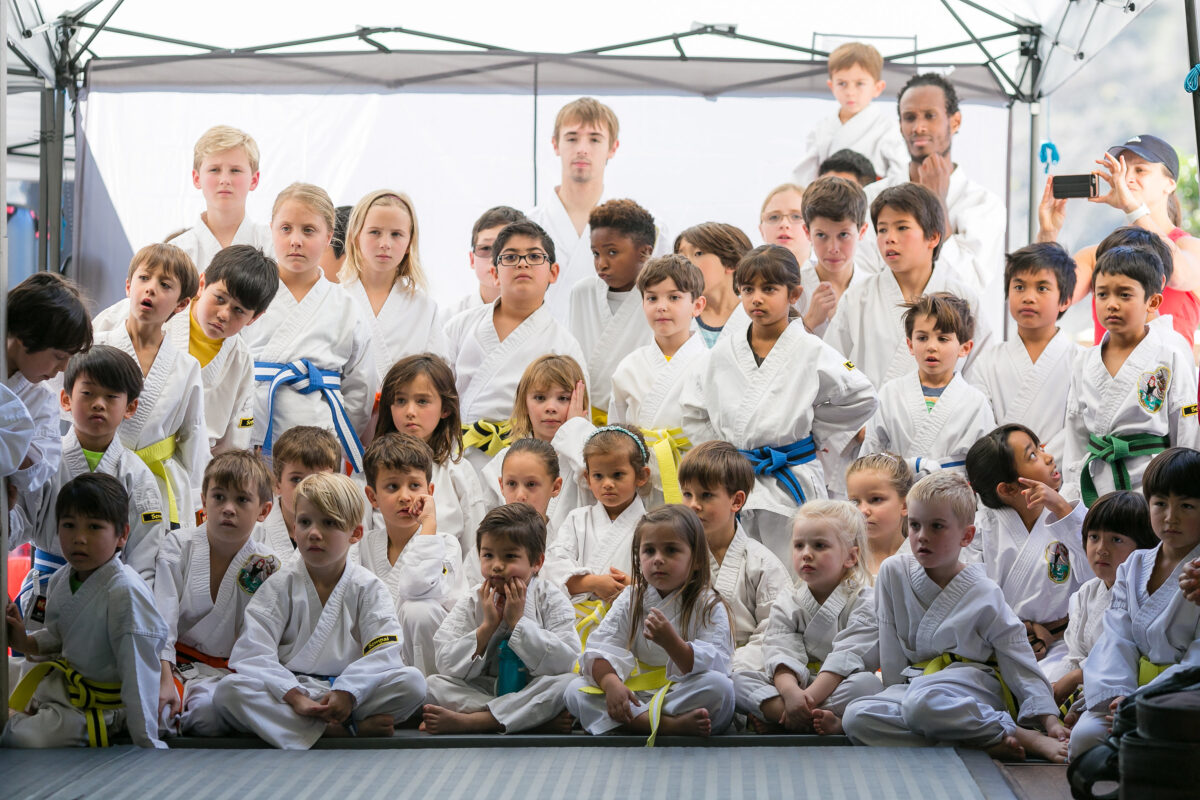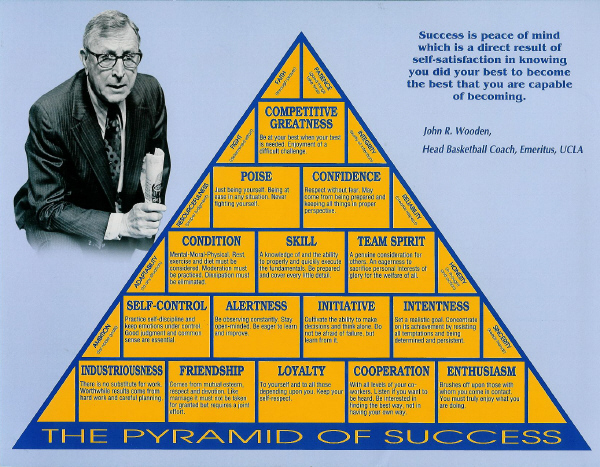Karate
Book Summary of Coach John Wooden’s Pyramid of Success
Book Summary of Coach John Wooden’s Pyramid of Success: A Blueprint for Life and Leadership
Few figures in sports history have left as lasting a legacy as Coach John Wooden. Known as the “Wizard of Westwood,” Wooden led the UCLA Bruins to 10 NCAA basketball championships in 12 years, including an unprecedented seven straight titles. But what made him truly remarkable was not only his ability to win games, but his philosophy of teaching life through basketball. At the center of his approach stood his book John Wooden’s Pyramid of Success, a carefully constructed framework of character, values, and habits designed to guide people toward excellence in athletics, leadership, and life.
The Pyramid of Success is far more than a motivational poster. It is the culmination of decades of study, reflection, and teaching, embodying timeless principles that extend well beyond the court. Let’s explore the structure of Wooden’s Pyramid, the meaning behind its building blocks, and how its lessons apply to modern life.

The Foundation: Industriousness and Enthusiasm
Wooden believed that success begins with a strong foundation. At the base of his Pyramid are five core blocks, with Industriousness and Enthusiasm anchoring the corners.
- Industriousness represents hard work—steady, consistent effort toward improvement. Wooden often told his players that there was no substitute for work well done. Success was not an accident, but the result of diligence.
- Enthusiasm highlights the importance of passion. Wooden argued that without love for what you do, no amount of hard work will sustain you over the long haul. Passion fuels persistence.
Together, these two qualities illustrate the synergy between effort and joy—work hard, but also love what you do.
The Cornerstones of Teamwork
Alongside Industriousness and Enthusiasm, the foundation also includes Friendship, Loyalty, and Cooperation. Wooden recognized that no great achievement happens in isolation.
- Friendship is built on mutual respect and camaraderie, not favoritism.
- Loyalty is faithfulness to yourself, your team, and your values.
- Cooperation stresses working with others, listening, and being receptive.
For Wooden, teamwork was not just about strategy but about character. A cohesive team required trust, humility, and selflessness—values that also carry over into families, businesses, and communities.
The Middle Layers: Refining Habits and Attitudes
As the Pyramid rises, Wooden adds traits that refine personal discipline and interaction: Self-Control, Alertness, Initiative and Intentness.
- Self-Control is the ability to manage emotions, impulses, and desires. Without it, even talent can be wasted.
Alertness means being observant, always learning, and never complacent. - Initiative encourages acting boldly without fear of failure. Wooden taught his players that mistakes are a sign of trying.
Intentness is perseverance—the grit to stay the course despite obstacles. - These traits bridge foundational character with higher performance. They are about resilience, adaptability, and the courage to act.
Advanced Performance: Condition, Skill, Team Spirit
Near the top of the Pyramid, Wooden emphasized the integration of physical, mental, and emotional qualities.
- Condition refers not only to physical fitness but also to mental and moral readiness. Wooden insisted that preparation in all areas leads to confidence.
- Skill highlights mastery of fundamentals. Wooden often repeated that “little things make big things happen.” Excellence is the result of consistent practice of the basics.
- Team Spirit reflects a willingness to sacrifice personal glory for the greater good. The best teams are those where members care more about collective success than individual statistics.
The Pinnacle: Poise, Confidence, and Competitive Greatness
At the top of the Pyramid are three final blocks—Poise, Confidence, and ultimately, Competitive Greatness.
- Poise is staying true to oneself, remaining calm under pressure, and resisting the urge to be rattled by outside forces.
- Confidence comes naturally from preparation and belief in one’s training. Wooden warned against arrogance but promoted humble confidence as essential to performance.
- Competitive Greatness, the apex, means performing at your best when your best is needed. It is the ability to thrive under pressure and embrace challenges. For Wooden, this was the true definition of success—not trophies, but fulfilling your potential in the most demanding moments.

Wooden’s Definition of Success
The Pyramid is deeply connected to Wooden’s personal definition of success, which he framed not in terms of external achievements but inner fulfillment:
“Success is peace of mind, which is a direct result of self-satisfaction in knowing you did your best to become the best you are capable of becoming.”
This philosophy set Wooden apart. For him, success was not measured by wins and losses, but by effort, growth, and integrity. The Pyramid provided the roadmap for reaching that peace of mind.
Applications Beyond Basketball
Though born from the world of sports, the Pyramid of Success resonates across disciplines:
- In Education: Teachers can foster industriousness, cooperation, and intentness to help students develop both academically and personally.
- In Business: Leaders can apply Wooden’s principles to build cohesive teams, foster loyalty, and encourage initiative.
- In Personal Growth: Anyone can use the Pyramid as a daily guide—working hard, staying enthusiastic, cultivating self-control, and striving for poise and confidence in life’s challenges.
The universality of the Pyramid is one reason Wooden’s influence extends far beyond basketball. His framework has been embraced by Fortune 500 companies, military organizations, and personal development coaches alike.
Lessons for Today
In today’s fast-paced, outcome-obsessed world, Wooden’s Pyramid feels more relevant than ever. Social media often equates success with external validation—likes, followers, wealth, or fame. Wooden reminds us that true success is inward-facing, built not on comparisons but on self-mastery.
His focus on fundamentals also offers an antidote to the “shortcut culture.” Wooden constantly preached patience: don’t seek quick results, but trust in preparation and consistent effort. His teams became dynasties not because of flashy plays, but because of a relentless commitment to mastering the basics.
Finally, the Pyramid teaches the importance of character in leadership. Wooden’s teams respected him not only because he won, but because he lived his values. He modeled humility, integrity, and compassion. In a world hungry for authentic leadership, his example still shines
Coach John Wooden’s Pyramid of Success is more than a coaching tool—it is a philosophy of life. By combining character, discipline, teamwork, and love for one’s craft, it lays out a clear path toward excellence.
At its core, the Pyramid teaches that success is not about beating others, but about becoming the best version of yourself. When you live with industriousness and enthusiasm, cooperate with others, practice self-control, develop skills, remain poised, and rise to challenges with confidence, you achieve Competitive Greatness.
Wooden’s genius was in reminding us that this greatness is available to everyone, not just athletes. His Pyramid remains a timeless guide for students, professionals, parents, leaders—and anyone striving to live a meaningful, successful life.


